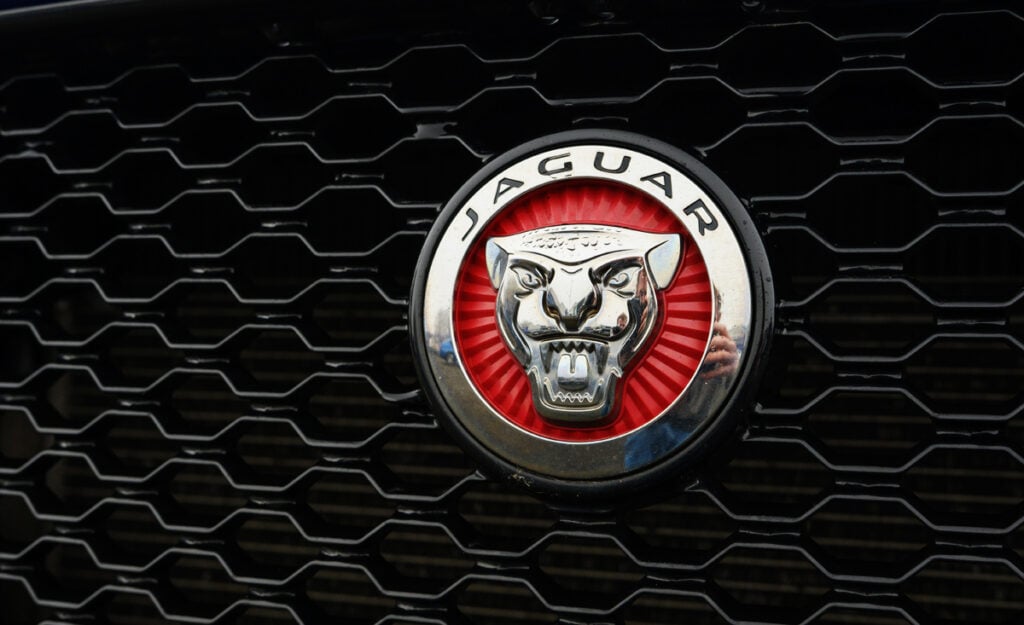Why diesel prices are expected to rise in July – but not petrol

The latest data published by the Central Energy Fund (CEF) shows that diesel prices could rise by as much as 19 cents per litre come the first Wednesday in July, but that petrol prices are anticipated to drop by a maximum of 17 cents per litre.
What’s behind this push in diesel costs, as before, is an increase in global demand for this fuel type following a subdued period of economic activity where many nations around the world were teetering on the verge of a recession.
Despite oil prices remaining subdued during the past few months, the Basic Fuel Price (BFP) for diesel has been on the rise since the start of June, trading at an average of R11.42/litre on the 4th and moving up to R11.74/litre by the 22nd, according to the CEF.
In contrast, the BFP for petrol went from R12.10/litre down to R11.81/litre during this same period.
This turn of events has led to an under-recovery of diesel prices in South Africa of between 32-36 cents/litre in June thus far.
On the bright side, the strengthening Rand has had a positive impact on price projections, the currency starting June at R19.45/dollar and now sitting at R18.35/dollar, which resulted in an over-recovery of approximately 18 cents/litre for all fuel types.
Why demand for diesel is rising
With worries of recessions dying down, economic activity picking up once more, and limited supply coming from Russia and the USA, diesel is wanted by many industry participants as it’s the main fuel used for commercial and domestic applications.
According to Shore Capital analyst Craig Howie, “There’s been an increase in trucking activities, stretching demand; concerns over exports to Europe from Russia; shutdowns in the US; and lower refinery runs in China,” reported The Guardian.
“From an oil perspective, China has been a concern. Tough restrictions on movement have hit demand, but lockdowns have also reduced some refining capacity, too.”
In addition, the Russia-Ukraine war has seen Russian-made diesel all but disappear from the market in many Western economies, subsequently pushing demand onto smaller diesel refineries in other countries that don’t normally have to produce as much, which in turn elevates the price.
Fuel reserves around the world are now also much lower than they were before the Covid-19 pandemic and Eastern-European conflict, meaning governments have fewer resources to cushion the impacts of unpredictable market fluctuations.
“The US Energy Information Administration estimates that stocks of US distillates – typically diesel and petrol – fell 8% in March to 24% below the five-year average,” said Howie.
Against the backdrop of higher demand and lower production, diesel is looking to start an uptrend once more from July onwards.
Petrol, on the other hand, is more frequently used for personal transport where no major changes in the market have taken place in recent times. Combined with lower international product prices and an appreciating rand, this fuel type has not felt the same pressures as its less refined counterpart and, at least for the moment, it looks set to continue going down in July.









